Visceral manipulation (VM) is an osteopathic technique developed by French osteopath and physical therapist Jean-Pierre Barral. Dr. Barral spent hours studying anatomy in the cadaver lab and observed soft tissue connections within the abdominal cavity to the rest of the skeleton. He began to perform manual therapy techniques on live patients to improve organ mobility with favorable outcomes.
According to Barral, VM “recreates, harmonizes and increases proprioceptive communication in the body to enhance its internal mechanics for better health.”1 He adds that the manual manipulation also improves the mechanical, neurological and vascular functioning of the internal organs.1
The therapy uses hands-on techniques to “listen” to the body. The clinician feels lines of tension in the body through specialized evaluative techniques allowing them to determine which organ needs to have increased mobility. The treatment relieves tension on the rest of the organs or skeleton and can improve posture, mobility, flexibility and function often resulting in reduced pain.
All of the body’s organs are connected to each other and to the skeleton through fascial connections. Fascia is a three-dimensional continuum of connective tissue surrounding the bones, muscles, nerves and blood vessels throughout our body.2 These tissues can become dysfunctional, shortened, damaged or scarred from multiple sources: trauma, infections, illness, allergies and surgery. The tissue injury can lead to poor function, acute/chronic pain and/or decreased mobility.
Once the tissues have altered function or poor mobility, an individual may experience symptoms including constipation, GERD, gastroparesis, hiatal hernia, abdominal pain, bloating, menstrual cramps, nerve pain, headaches, back or neck and shoulder pain. Often patients are screened by a physician or other medical specialist and the various tests show normal results. Traditional physical therapy may be prescribed, but symptoms continue.
Studies support utilizing VM to relieve a number of different conditions. Research on lower back pain was performed by Villalta Santos et al,3 in 2019 and Altinbilek et al.4 in 2023. Subjects were put into two groups with both receiving conventional physical therapy and only one of the groups also receiving VM. The VM group showed better lower back mobility and reduced pain. A 2018 study by de Oliveira Silva et al.5 on 28 participants demonstrated decreased neck pain in one visit using VM techniques.
Several studies have also been conducted using VM to improve organ mobility to decrease constipation.6,7,8,9 Results included improved bowel transit time, bowel movement regularity, decreased report of bloating and abdominal pain, along with reduction in the need for medications and improved quality of life. There are also two studies10,11 with up to 140 participants on kidney mobility improvements leading to decrease urinary infections and lower back pain.
While excellent studies have been completed showing positive results for VM, further research is warranted for this safe, gentle, drug-free therapy with no known side effects.
Melissa Mercogliano, PT, DPT, OCS is a board-certified doctor of physical therapy and a Barral Institute trained provider working at Dynamic Physical Therapy in Palm Desert. She can be reached at (760) 501.6655. For more information, visit www.barralinstitute.com/therapies.
References available upon request.
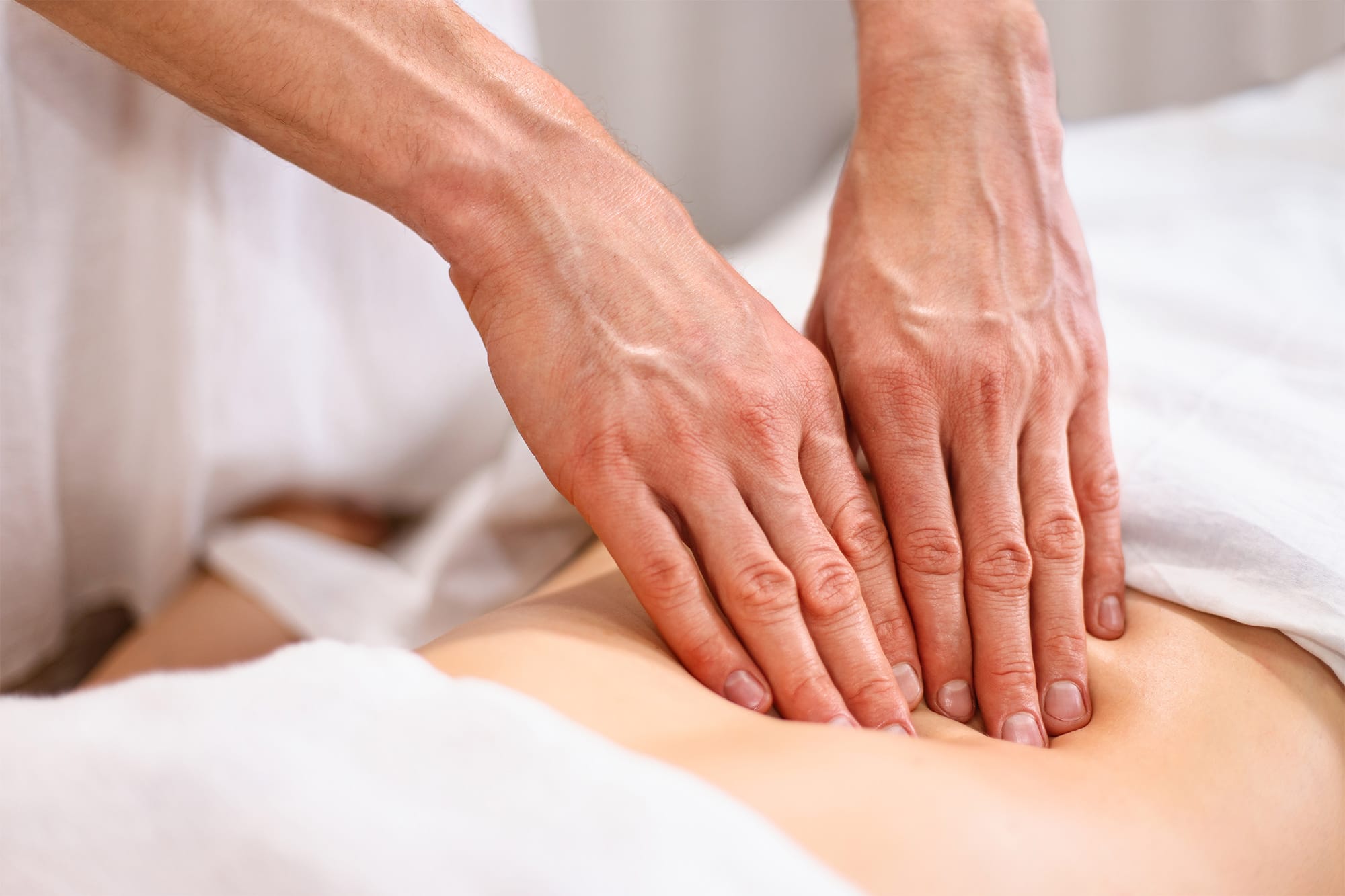



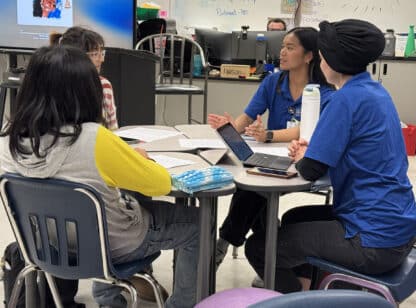






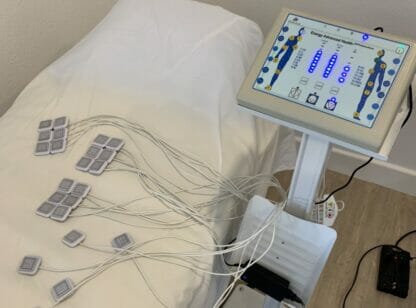






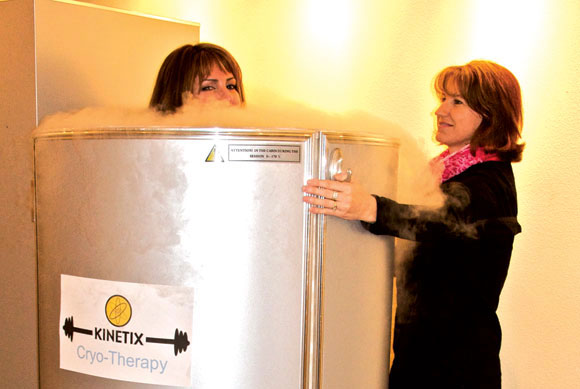







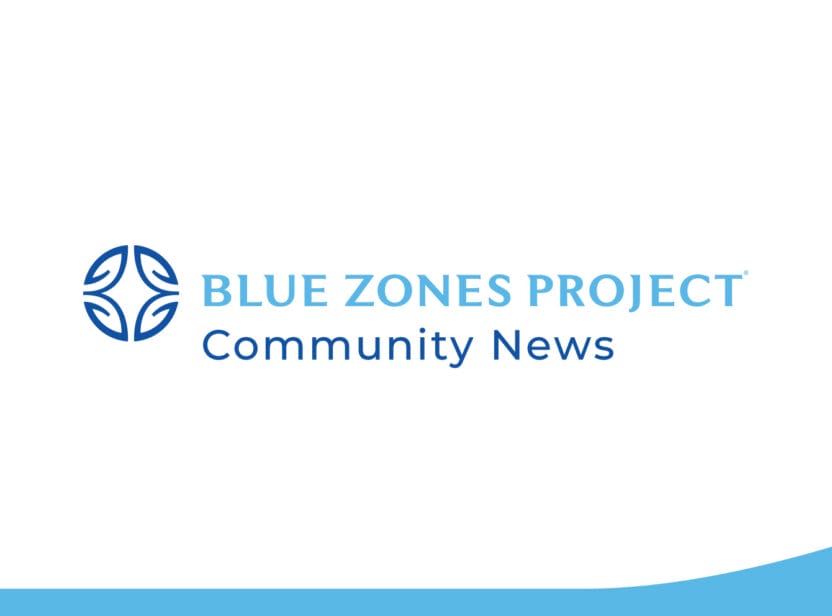











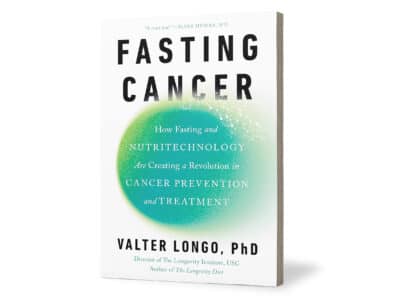




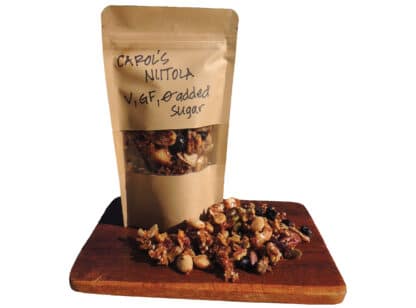



Comments (1)
MELLISA,so glad you were able to experience VM . You are a natural for this procedure. I know you will bring relief to all who reach out to you. Congratulations.